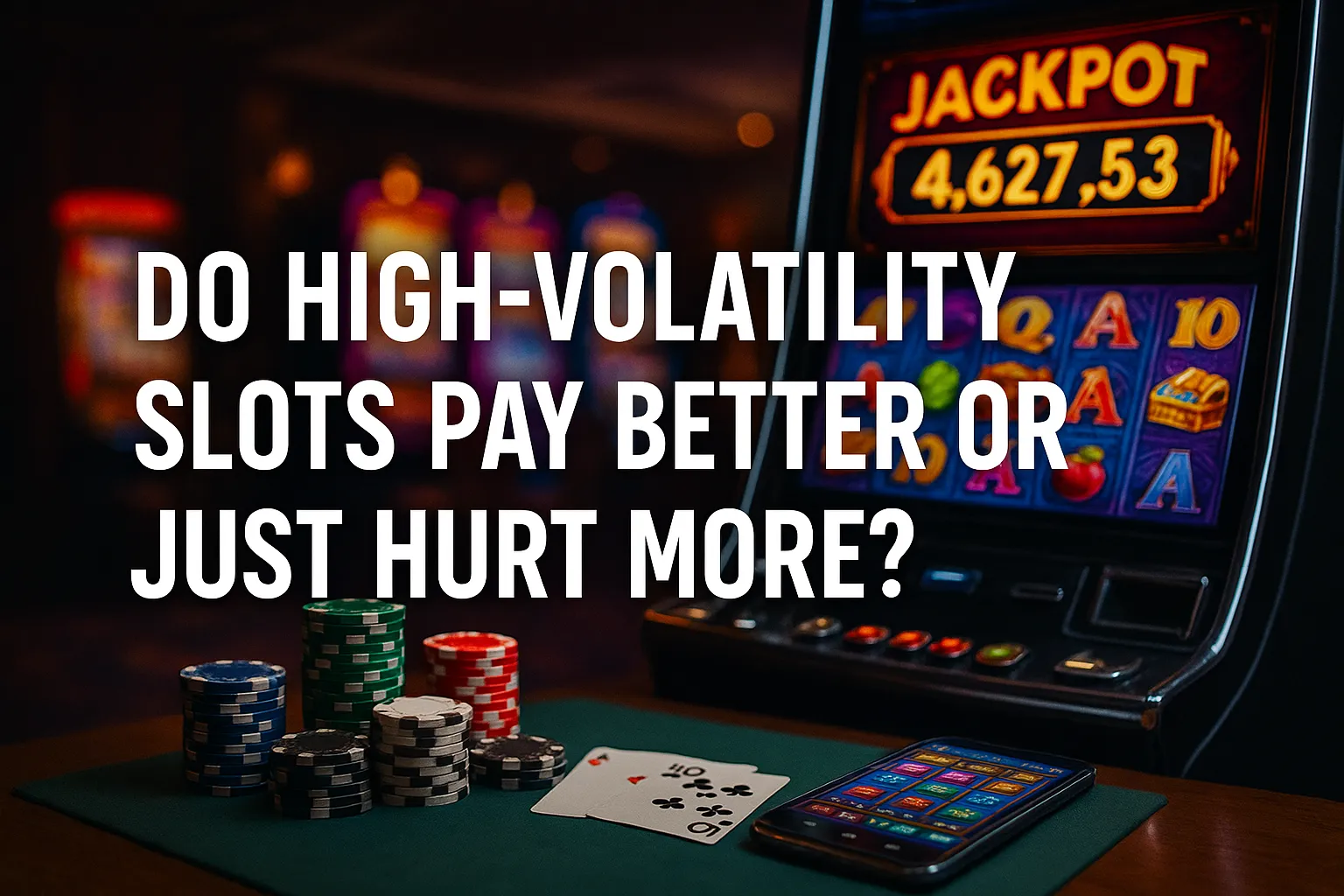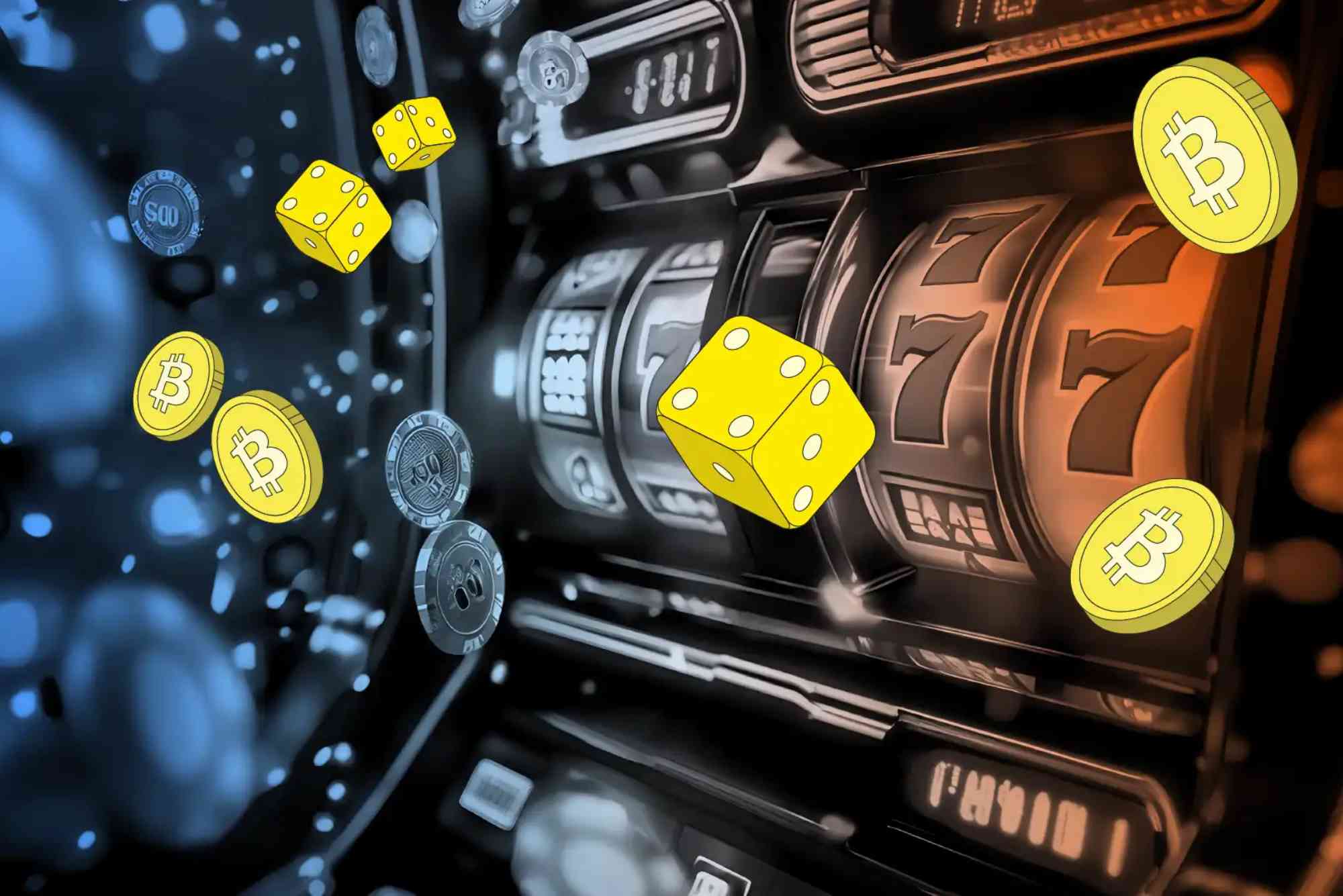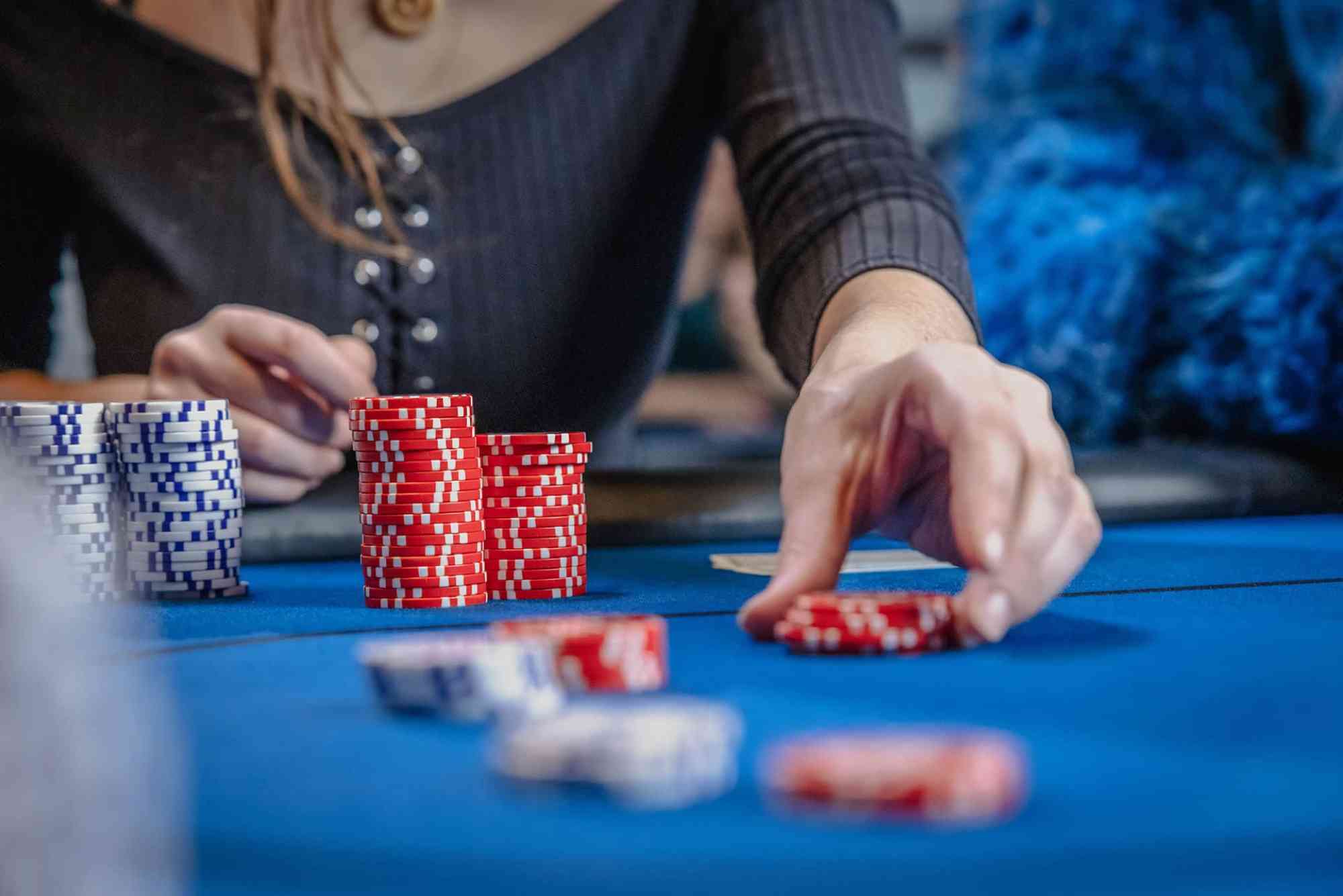High-volatility slots are like riding a rollercoaster in the dark: long climbs, sudden drops, and the occasional breathtaking view if you’re lucky enough to hit it. I’ve logged more hours than I’d admit on these games—tracking bankroll swings, comparing return-to-player stats, and talking shop with other grinders—and the truth is messier than the marketing. High-volatility slots can pay better, but most of the time they just make you feel the losses more sharply. Whether they’re “worth it” depends on what you want from gambling: steady entertainment or a shot at a story you’ll tell for years.
What “High Volatility” Really Means in Slots
Volatility (also called variance) is a measure of how unevenly a slot distributes its payouts. A high-volatility game delivers infrequent, larger wins; a low-volatility one sprinkles smaller wins more consistently. Think of it like weather: drizzle every day versus months of drought followed by a flood. The total yearly rainfall could be similar, but how you experience it is wildly different.
In practice, high-volatility slots hold your bankroll hostage for longer stretches. You can spin through hundreds of dead or tiny wins, then suddenly hit a bonus round that multiplies your stake 200x. That emotional whiplash is part of the attraction. For some players, it’s precisely what makes the session thrilling. For others, it’s a morale-killer that turns entertainment into anxiety. The key is knowing which kind of player you are—and being honest about it before you start clicking spin.
Risk Tolerance, Regulation and Where You Play
How much pain you can absorb between wins matters as much as the math. If your bankroll or temperament can’t survive dry spells, high-volatility titles will feel like a grind, not a game. Add to that the environment you’re playing in. If you’re outside the UK’s strict oversight—say you’re exploring non GamStop casinos—you’ll find a wide range of high-volatility slots and fewer friction points (rapid signups, flexible bonuses). That freedom is a double-edged sword. Without strong regulatory guardrails, you’re the one who must vet fairness, withdrawal limits, and responsible gambling tools. The combination of brutal variance and lighter oversight means discipline isn’t optional; it’s survival.
RTP vs. Volatility: Stop Mixing Them Up
Players often confuse RTP (return to player) with volatility. RTP is the long-term payback percentage baked into the game’s math—say 96%. Volatility dictates how that 96% returns to you: trickle or tsunami. A high-volatility game at 96% RTP doesn’t necessarily “pay better” over time than a low-volatility game at the same RTP; it just clusters payouts into rarer, bigger events. If your balance can’t outlast the droughts to reach those events, you’ll feel like the RTP is worse even though the math hasn’t changed.
Here’s the sneaky part: casinos and game studios know emotional perception trumps arithmetic. A dramatic 1,000x win screenshot markets better than a steady stream of 5x hits. So volatility becomes a selling point, not a warning label.
Bankroll Architecture: The Only Real Edge You Control
No strategy beats RNG, but you can engineer how you feed the beast. I split my gambling budget into “steady play” and “swing for the fences” buckets. High-volatility slots live in the second bucket, and it has a hard cap. When that pot is gone, session over—no negotiating with my future self. This prevents the classic spiral: chasing a bonus you think is “due” just because you’ve invested emotionally.
I also set “emotion guardrails.” If I catch myself mashing spin to get even, or doubling bets because “it has to hit soon,” I walk. Tilt is where volatility empties wallets fastest. Slots don’t remember your losses; the probability of the next spin is the same regardless of the last thousand.
Session Structuring: How to Stop the Bleed
One trick that’s saved me countless times: front-load your session with a 15–20 minute “high-volatility window.” Hit a qualifying bet size early, enjoy the suspense, then switch to medium or low-volatility games to stretch entertainment value. If you bink big, great—you can either bank profits or play with “house money.” If you don’t, you haven’t torched your entire bankroll on a statistical long shot.
Another tactic is promo leveraging. Cashback, free spins, or wagering contribution perks can soften the impact. If a site gives you 10% cashback on losses for a weekend, that effectively reduces variance pain. Just make sure T&Cs don’t carve out high-volatility titles from the deal.
Reading the Paytable Like a Pro
Most players glance at symbols and bonus names and call it a day. Dig deeper. Does the slot require a side bet to unlock the best bonus? Do you need max lines active to access top multipliers? Are there “win caps” in bonus rounds that chop off monster potential? High-volatility games sometimes hide their sharpest edges in the fine print. Good news: once you learn where to look, you can instantly spot whether a game is honest about its big-win potential or just dressing up middling math with flashy animations.
Emotional Bankroll
Financial Bankroll
I’ve lost count of how many times I’ve watched players implode because their emotional bankroll dried up long before their cash did. High-volatility slots test your patience and your expectations. If you start the session believing you “deserve” a big win because you’ve had a rough week, the game can’t possibly meet that emotional debt. That mismatch breeds bad decisions—bigger bets, longer sessions, chasing the rush instead of enjoying the ride.
Check in with yourself mid-session. Are you still having fun? Are you still okay with losing the remaining balance? If not, step away. No slot—no matter how spicy its bonus—pays back fried nerves.
Stories, Myths and the Mirage of Patterns
I once hit a 1,200x bonus on a game I almost quit after 300 dead spins. A friend of mine hit nothing but dust for two weeks, then landed a feature worth five figures on a random Tuesday morning. These anecdotes keep high-volatility myths alive (“it’s due,” “stay after a dead run,” “it always pays after midnight”). Randomness can look patterned because our brains are wired to find patterns. Don’t let folklore override math. If you want to believe, at least let it be harmless superstition, not the foundation of your staking plan.
When High-Volatility Slots Are Actually a Smart Play
Surprise: they can be sensible—if you approach them like a venture capital bet, not a savings account. Situations where they shine:
You’ve earmarked a small, sacrificial portion of your bankroll specifically for long-shot upside.
You’re clearing a bonus that counts 100% toward wagering and want fewer, bigger hits to jump the requirement quickly.
You’re in a community sweat (friends pooling funds), turning variance into a social event where the sweat is part of the payoff.
You’ve identified a game with mispriced risk (rare, but it happens when studios tweak features and don’t adjust caps or hit rates transparently).
Offshore and Alternative Markets: Double-Check the Exit Door
On sites beyond strict UK or EU regulation, the game itself might be fair (many offshore operators still license quality providers), but the exit can be tricky. Withdrawal caps, verification hoops, or slow payouts can turn a big high-volatility hit into a year-long trickle. Before you chase a 5,000x dream, read the cash-out rules. And test them with a small withdrawal first, not after your balance balloons.
Do They Pay Better or Just Hurt More?
In raw math terms, high-volatility slots don’t inherently “pay better.” They feel like they do because the wins, when they land, are cinematic. Most of the time, though, they hurt more—emotionally and financially—because the dry spells are long and savage. If you’re built for that swing, if you insulate yourself with bankroll rules, and if you treat the chase like entertainment rather than income, high-volatility titles can be a blast. If you’re not, they’ll chew through your budget and your mood faster than you can say “feature tease.”
The best answer is calibration. Know your limits. Know your goals. Slot variance is a tool; use it deliberately, not impulsively. There’s nothing wrong with loving the rush—as long as you price that rush correctly.









